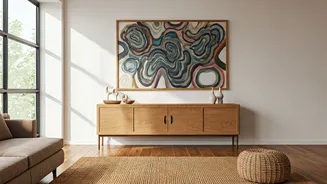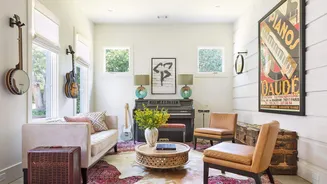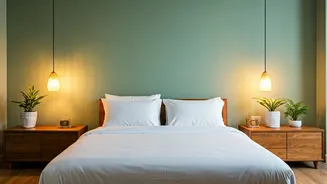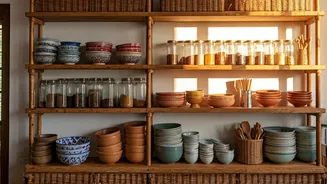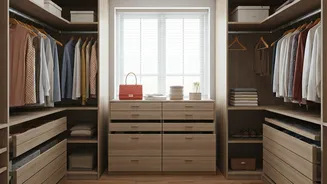Strategic Art Placement
The initial step towards integrating art effectively involves considering its placement. Think about the story you wish to convey within your home. Does
a specific painting capture the essence of a particular space? Strategically placing art can enhance the room’s narrative. Decide if you would like your artwork to be the central element. If so, establish it as the focal point. Make sure the size and shape suit the area, and don't overwhelm the space. Consider what other elements, such as furniture, will be around the artwork. The goal is to make a room appear stylish and reflect your lifestyle.
Choose a Focal Point
Every room requires a focal point, the element that instantly draws the eye. The chosen artwork could be this focal point. Make sure this piece is prominent. The focal point commands attention while establishing the overall mood of the space. It can be a vibrant painting, an intricate sculpture, or a collection of photographs. Keep in mind the scale of the art compared to the surrounding walls. Don't be afraid to experiment with different arrangements. A large piece of art above a sofa can be an immediate focal point, as could a gallery wall of smaller artworks. This also requires careful consideration of the available light sources.
Balance with Neutrals
When working with art, using neutral colors is crucial. A neutral backdrop helps the art truly stand out. Think about painting your walls in shades like white, beige, or light gray. This helps to create a clean, uncluttered canvas. The neutral tones also allow the artwork's colors and textures to shine. Incorporate neutral-colored furniture. This includes sofas, chairs, and rugs. The neutral palette creates a harmonious balance. It's a key strategy to ensure that the art remains the main focus. Introduce pops of color through cushions, throws, or decorative accents. This will add personality without distracting from the artwork.
Mix Textures Wisely
To create a visually interesting space, experiment with a variety of textures. Consider the textures in your art and how they interact with the textures throughout the room. Mix rough textures with smooth surfaces. This adds depth and character to the design. In addition, mixing various textures enhances the overall aesthetic. Place a woven rug on the floor to introduce a sense of warmth. Use a velvet sofa to offer an elegant touch. Combine these elements with textured cushions and throw blankets. This creates a cohesive and inviting environment. Such details create a rich, layered aesthetic, making the space feel both sophisticated and welcoming.
Blending Vintage, Modern
Mixing vintage and modern decor can achieve a unique aesthetic. It creates a space with character. Start by identifying the dominant style you wish to achieve. If you lean towards modern design, consider adding vintage elements as accents. Consider incorporating antique furniture pieces. This can include a beautifully crafted side table, a vintage mirror, or an ornate chandelier. Modern art can blend well with traditional pieces. The key is to find the right balance. Place modern art in an older home, which will create a contrast that adds charm. The blend of styles creates a sophisticated interior, a reflection of individual taste.
Accessorize Strategically
Once you have selected and positioned your artwork, the next step involves accessorizing. Choose your accessories wisely to complement your art, rather than compete with it. Select accessories that enhance the colors, themes, or styles present in your artwork. These include decorative objects such as vases, sculptures, and books. Place accessories around your art, in a visually appealing arrangement. Consider using shelves, side tables, or mantels to showcase your accessories. Remember to ensure that your accessories do not overwhelm the artwork. Your goal should be to create a harmonious blend that draws attention.
